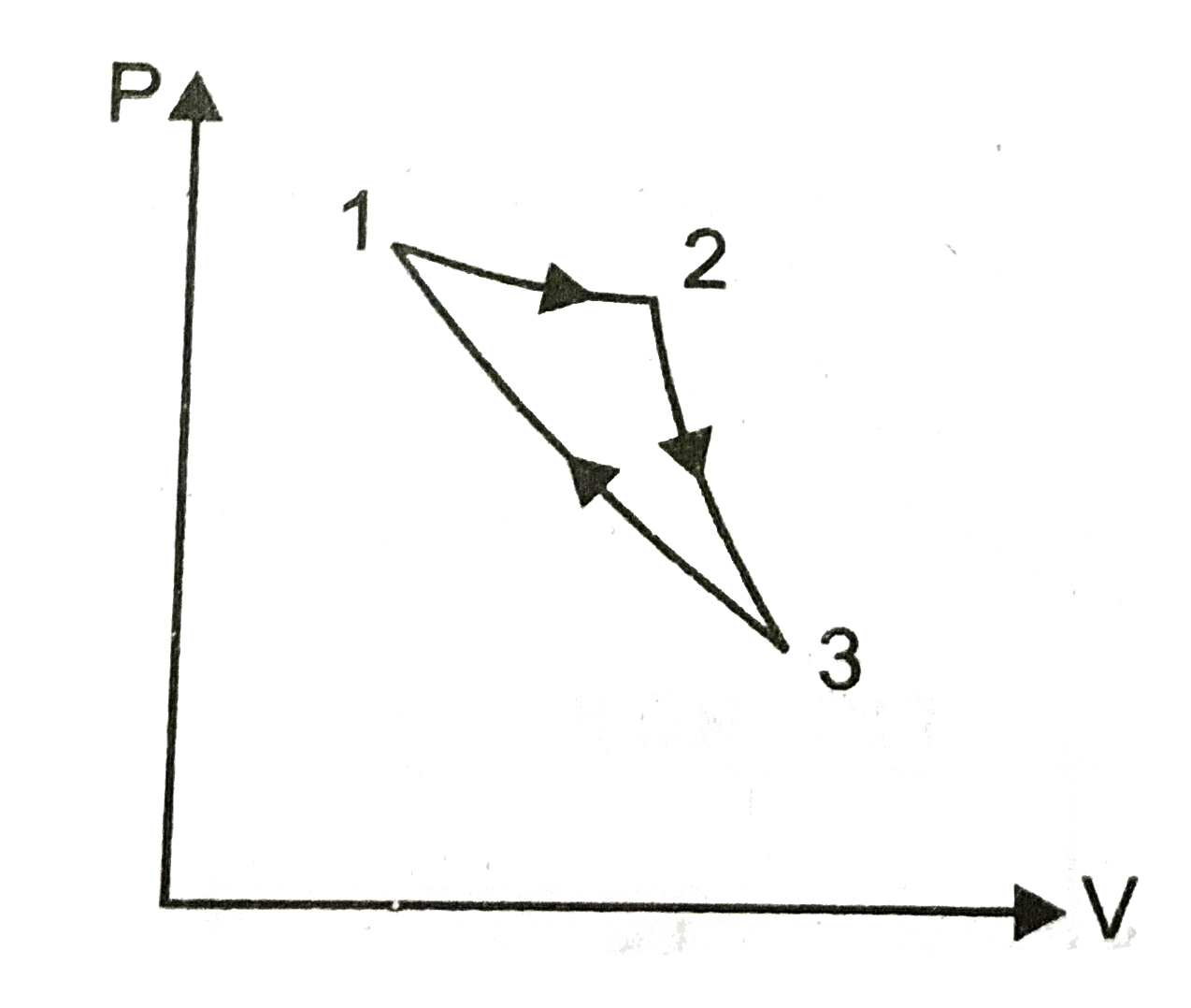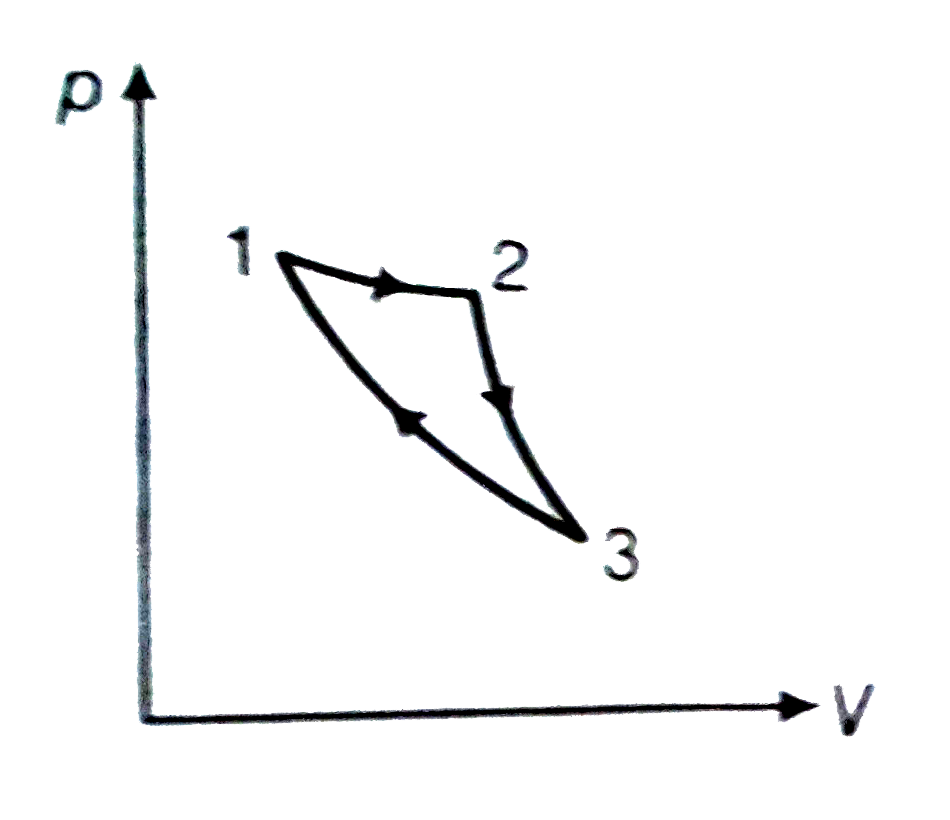FeI3 does not exist because:
of large size of Fe
Fe3+ oxidises I− to I2
of low lattice energy
iodine is not highly electronegative enough to oxidise Fe to Fe3+
The correct Answer is:B
Step by step video, text & image solution for FeI_(3) does not exist because: by Chemistry experts to help you in doubts & scoring excellent marks in Class 12 exams.
Topper's Solved these Questions
- BOOK - NARAYNACHAPTER - D BLOCK & TRANSITION ELEMENTSEXERCISE - Level-IV29videos
D BLOCK & TRANSITION ELEMENTS
- BOOK - NARAYNACHAPTER - D BLOCK & TRANSITION ELEMENTSEXERCISE - Level-IV (Multiple Answer)1videos
D BLOCK & TRANSITION ELEMENTS
- BOOK - NARAYNACHAPTER - D BLOCK & TRANSITION ELEMENTSEXERCISE - Level-II13videos
D BLOCK & TRANSITION ELEMENTS
- BOOK - NARAYNACHAPTER - D - BLOCK ELEMENTSEXERCISE - CHECK YOUR GRASP7videos
D - BLOCK ELEMENTS
- BOOK - NARAYNACHAPTER - ELECTRO CHEMISTRY EXERCISE - EXERCISE - IV44videos
ELECTRO CHEMISTRY
Similar Questions
If f(x)=3x−5, then f−1(x) is given by (a) 1(3x−5) (b) (x+5)3 (c)does not exist because f is not one-one (d)does not exist because f is not onto
View SolutionConsider a cycle followed by an engine, (figure)

1 to 2 is isothermal 2 to 3 is adiabatic 3 to 1 is adiabatic
such a process does not exist becauseView Solution
Knowledge Check
- Question 1 - Select One
PbI4 does not exist because:
Aiodine is not a reactiveBPb(IV) is oxidizing and I− is storng reducing agentCPb(IV) is less table than Pb(II)DPb4+ is not easily formed - Question 2 - Select One
Which does not exist
A[SnCl6]2−B[GeCl6]2−C[SiCl6]2−D[CCl6]2− - Question 3 - Select One
Which does not exist
A[SnCl6]2−B[GeCl6]2−C[SiCl6]2−D[Cl6]2−
Consider a cycle followed by an engine (figure.)

1 or 2 is isothermal
2 to 3 is adiabatic
3 to 1 is adiabatic
Such a process does not exist, becauseView SolutionIron forms iron halides salts by reacting the metal directly with halogen. FeI3 does not exist. FeF3 is white soled inspite of five unpaired electrons with d5 configuration . FeCl3 is soluble in water and is used as a mordant in dyeing industry.
Q.Anhydrous FeCl3 can be prepared by reaction of:View SolutionIron forms iron halides salts by reacting the metal directly with halogen. FeI3 does not exist. FeF3 is white soled inspite of five unpaired electrons with d5 configuration . FeCl3 is soluble in water and is used as a mordant in dyeing industry.
Q.Anhydrous FeCl3 can be prepared by reaction of:View SolutionIron forms iron halides salts by reacting the metal directly with halogen. FeI3 does not exist. FeF3 is white soled inspite of five unpaired electrons with d5 configuration . FeCl3 is soluble in water and is used as a mordant in dyeing industry.
Q.FeCl3 solution added to K4[Fe(CN)6] gives A while with KSCN gives B. A and B respectively are:View SolutionIron forms iron halides salts by reacting the metal directly with halogen. FeI3 does not exist. FeF3 is white soled inspite of five unpaired electrons with d5 configuration . FeCl3 is soluble in water and is used as a mordant in dyeing industry.
Q.FeCl3 solution added to K4[Fe(CN)6] gives A while with KSCN gives B. A and B respectively are:View Solution

